
The Art of Tivadar Csontváry Kosztka Thoughts on Papyrus
The Saviour praying 1903 Oil on canvas 126 × 80.5 cm Janus Pannonius Museum, Pécs Shipwreck 1903 Oil on canvas 57 × 75 cm Private collection Storm at Hortobágy 1903 Oil on canvas 59 × 117 cm Janus Pannonius Museum, Pécs Roman Bridge at Mostar 1903 Oil on canvas 92 × 185 cm Janus Pannonius Museum, Pécs Springtime in Mostar 1903

Csontváry Kosztka Tivadar Magyarok bejövetele Stock Photo Alamy
Date: 1903 Style: Expressionism, Symbolism Genre: religious painting Media: oil, canvas Order Oil Painting reproduction Tags: Sky Jesus-Christ Christianity Tree People Tivadar Kosztka Csontvary Famous works Sunset Over the Bay of Naples • 1901 Castellamare di Stabia • 1902 Old Fisherman • 1902 Rendezvous of Lovers • 1902
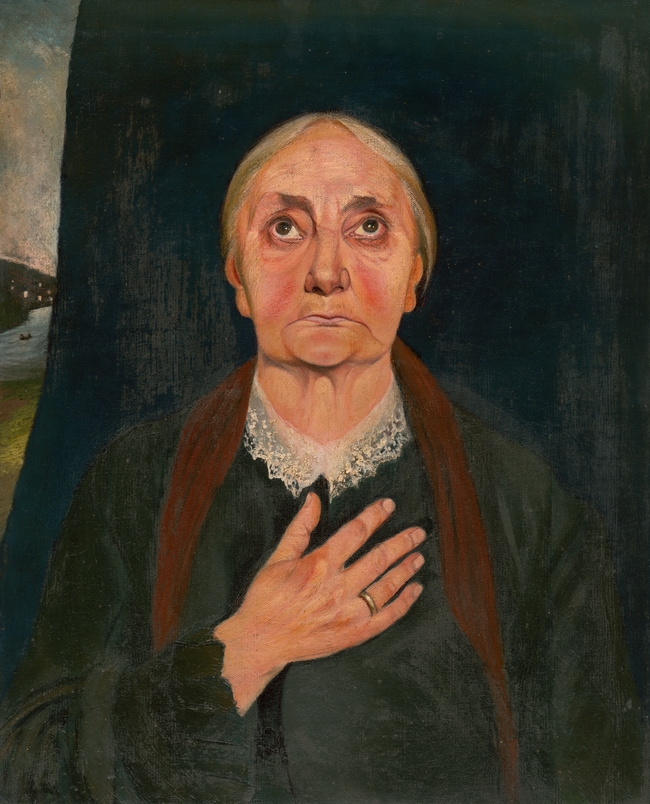
"Praying Old Lady" Tivadar Csontváry Kosztka Artwork on USEUM
CSONTVÁRY KOSZTKA, Tivadar Praying Saviour 1903 Oil on canvas, 100 x 82 cm Janus Pannonius Múzeum, Pécs Click image for more information. Commentary by Hovak Najarian. Praying Saviour, oil on canvas, 1903, Tivadar Csontváry Kosztka, 1853-1919.

Csontváry Kosztka Tivadar "Szerelmesek találkozása" című festménye
Tivadar Csontváry Kosztka (1853-1919) was born 170 years ago. The anniversary is marked by an exhibition jointly organised by the Museum of Fine Arts-Hungarian National Gallery and the Janus Pannonius Museum of Pécs. The displayed material assembled from the two public collections preserving the most important works of the brilliant painter will opens within the […]

Teacher from Morocco. Tivadar CsontváryKosztka as art print or hand painted oil.
Tivadar Csontváry Kosztka was a Hungarian artist, considered by many critics to be Hungary's greatest painter. He belonged to no specific school of art, but his works included elements similar to those of the foremost painters of Post-Impressionism.. Praying Saviour. Sacrificial Stone in Baalbek. The Mount of Olives in Jerusalem. Rendez.

El blog de Claudi Puchades Tivadar Kosztka Csontváry
Csontváry Kosztka Tivadar. From Wikimedia Commons, the free media repository.. The Saviour praying. 1903. oil on canvas . 80.5 × 126 cm (31.6 × 49.6 in). Csontváry Múzeum, Pécs Lighted trees in Jajce. 1903. oil on canvas. 92 × 88 cm (36.2 × 34.6 in). Hungarian National Gallery, Budapest.

Tivadar Kosztka Csontváry Mary’s Well in Nazareth 1908 Art history, Virtual art, Art movement
Dr. Rezsõ Pertorini, author of the Csontváry pathogaph, grouped them as people shouting, "Crucify him," as if they were a choir in a Greek tragedy. Faces are suggestive, those of the Saviour and Moses are expressive. The picture condenses events. Moses is standing with stone tablets on the left.

Чонтвари Csontvary Kosztka Tivadar на сайте Pepsimist
Due to his life pattern, conviction and his individual, missionary art, Tivadar Csontváry Kosztka became an emblematic figure of Hungarian painting. Previously a pharmacist, he was already in his forties, when he began his artistic studies in Munich in 1894. After that, he travelled a lot to find the "great topic" for his art. His.

Csontváry Kosztka Tivadar Mária kútja Názáretben / Mary's Well at Nazareth, 1908 Painting
Lili Zemplényi. — 02.12.2022. Tivadar Csontváry Kosztka (5 July 1853 - 20 June 1919) is now recognized as one of the greatest Hungarian painters who ever lived. The artist's work, however, was discovered only a decade after he died in poverty. As a young man, following in the footsteps of his father, Csontváry learned to be a pharmacist.
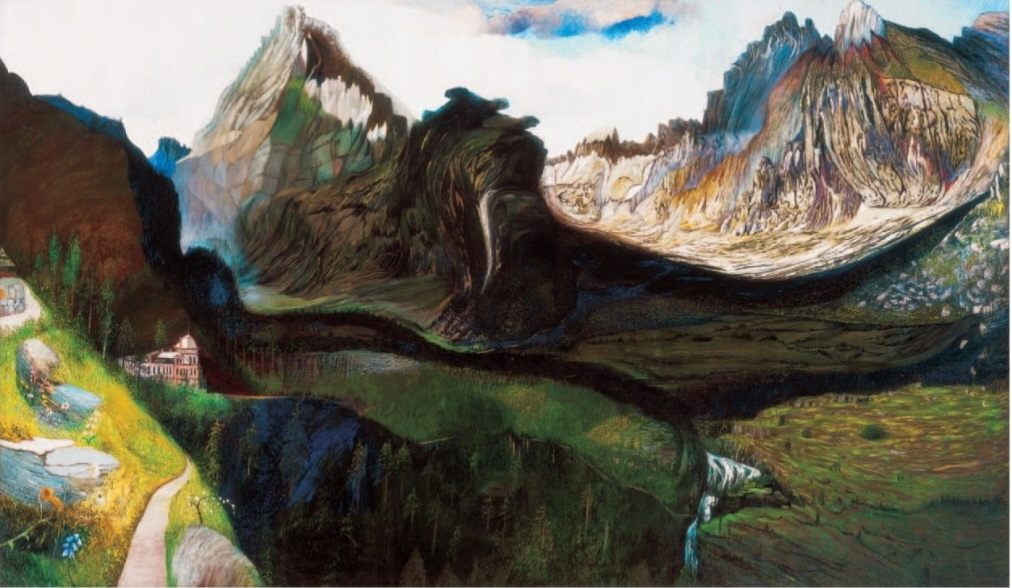
160 évvel ezelőtt született Csontváry Kosztka Tivadar
Tivadar Csontváry Kosztka (Hungarian pronunciation: [ˈtivɒdɒr ˈt͡ʃontvaːri ˈkostkɒ]; July 5, 1853 - June 20, 1919) was a Hungarian painter who was part of the avant-garde movement of the early twentieth century. Working mostly in Budapest, he was one of the first Hungarian painters to become known in Europe.

Tivadar CsontváryKosztka Symbolist, Landscape Painter, Impressionist Britannica
Artwork Replica Praying Saviour by Tivadar Kosztka Csontváry (1853-1919, Slovakia) | ArtsDot.com. Buy 5 prints and get 10% + 7% off on all items. 10% off on all cart items, sitewide! Valid today:14/12/2023. FREE Shipping. All the time. See details. Praying Saviour. Add to Favorites

Praying Saviour by CSONTVÁRY KOSZTKA, Tivadar
Tivadar Csontváry-Kosztka, (born July 5, 1853, Kisszeben, Hung. [now Sebinov, Slvk.]—died June 20, 1919, Budapest), Hungarian artist, considered by many critics to be Hungary's greatest painter. He belonged to no specific school of art, but his works included elements similar to those of the foremost painters of Post-Impressionism.. In 1880 he underwent a mystical experience that caused.
Tivadar Csontváry Kosztka, Pilgrimage to the Cedars in Lebanon, 1907, r/dragonutopia
Home / Tivadar Csontváry / Praying Saviour Item Number: 41152856 Watch video 3D NOTE: The Watermark will not show on the actual painting. select wall color View Painting in a Room Select a frame Watch: All you need to know about frames FRAMING INFORMATION 1st Art Gallery offers the option to receive your painting ready to hang or rolled in a tube.
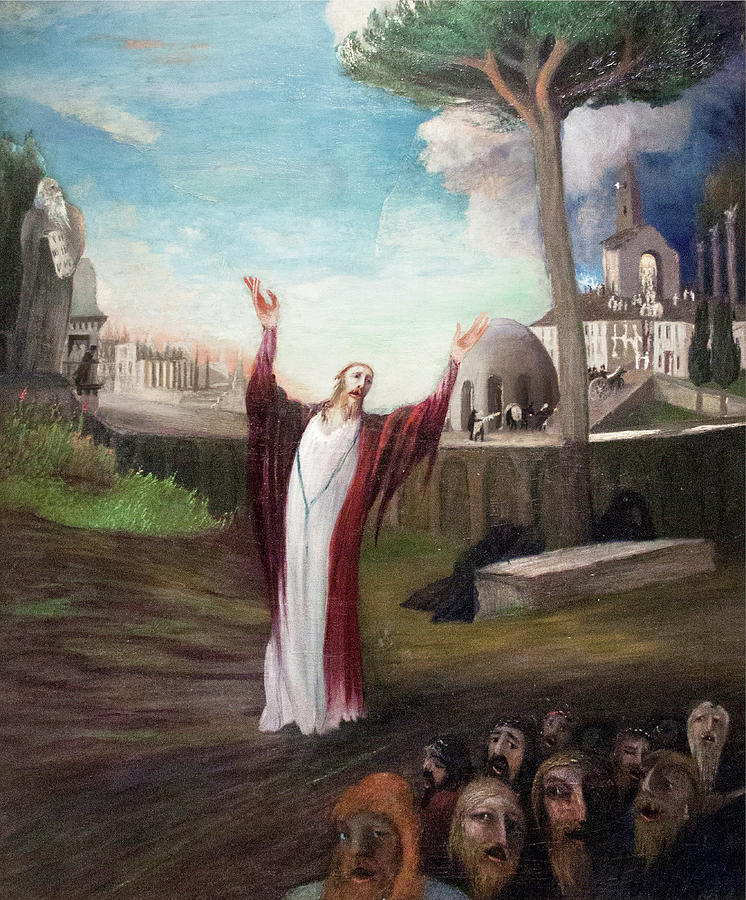
Csontvary paintings The Savior praying, Jesus Christ in Jerusalem Painting by Csontvary
Praying Saviour By Tivadar Csontvary Kosztka Art Reproduction. Choose from Canvas Art, Framed, or Unframed Wall Art. We Ship Worldwide with Free UPS Shipping.
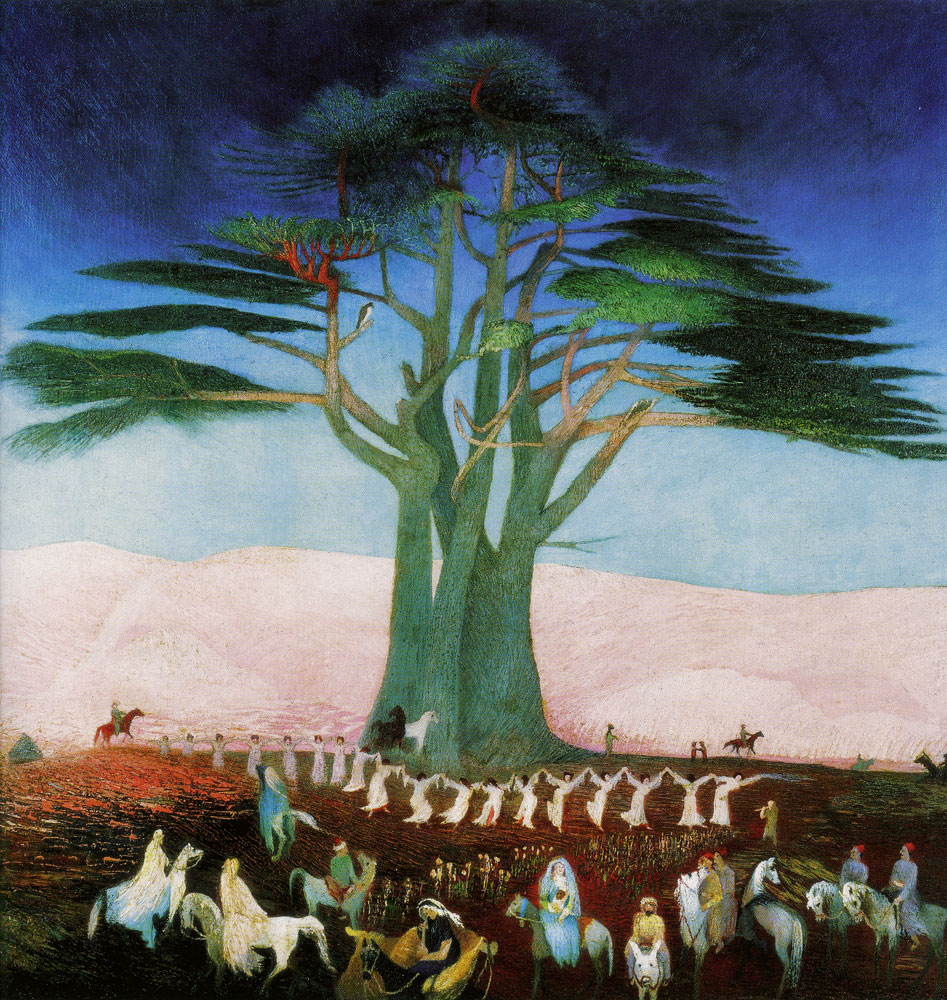
Tivadar Csontváry Kosztka Pilgrimage at the Cedar Trees in Lebanon
Biography Csontváry was born on 5 July 1853 in Kisszeben, Sáros County, Kingdom of Hungary (today Sabinov, Slovakia ), and died 20 June 1919 in Budapest. His father, Dr. László Kosztka, was a physician and pharmacist, his mother was Franciska Hajczelmajer of Darócz (now Šarišské Dravce, Slovakia ). [3]

CarolArt Paintings and Video CsontváryKosztka Tivadar (18531919) magyar festő
Commentary by Hovak Najarian Praying Saviour, oil on canvas, 1903, Tivadar Csontváry Kosztka, 1853-1919 During the lifetime of Hungarian artist, Tivadar Csontváry Kosztka, great changes were taking place in European art. During the first two-thirds of his life - a time when he was not painting at all - the Impressionists and Post-impressionists in France already had changed conventional.